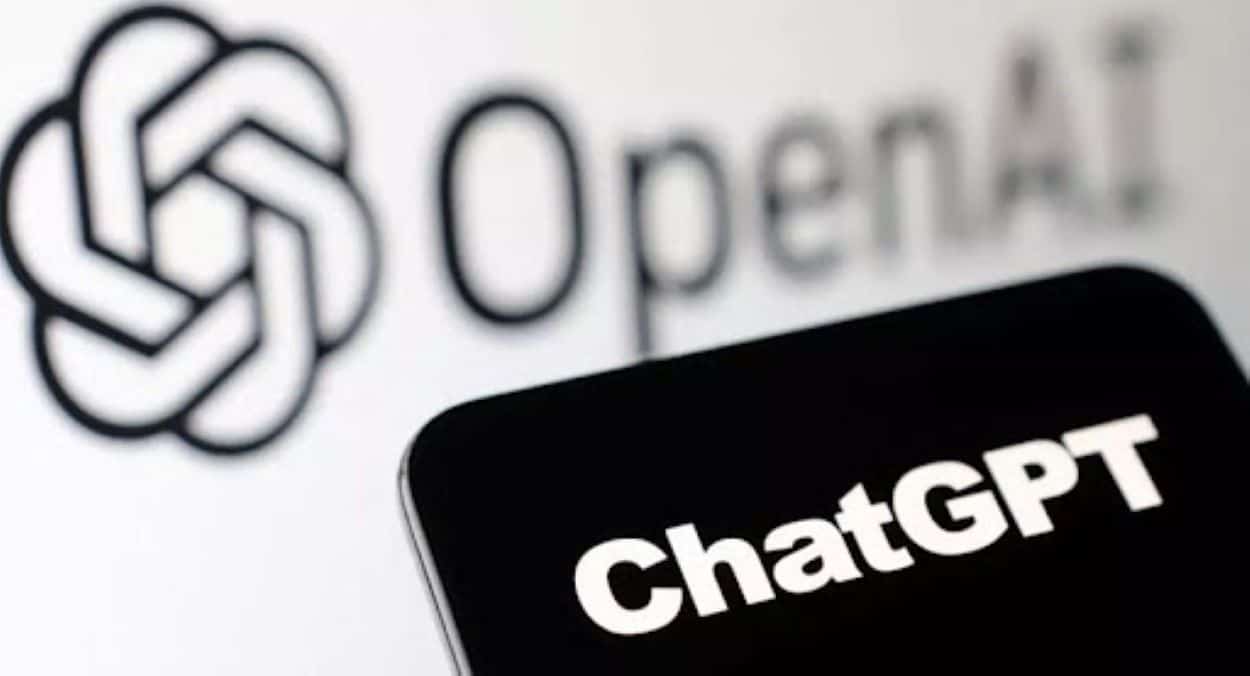During a recent livestream, OpenAI showcased enhancements to ChatGPT, introducing advanced image editing capabilities that promise to expand the tool’s utility for business applications and everyday use. Based in San Francisco, the company demonstrated how users can interact with ChatGPT to refine images through simple dialogues.
Users can now use ChatGPT’s conversational process to modify images, such as altering backgrounds or adding elements like hats to a scene. For example, a user could start by requesting an image of a snail in a city and then specify changes to enhance the visual according to their needs.
4o image generation has arrived.
It's beginning to roll out today in ChatGPT and Sora to all Plus, Pro, Team, and Free users. pic.twitter.com/pFXDzKhh2t
— OpenAI (@OpenAI) March 25, 2025ChatGPT’s upgrades include the ability to generate images with coherent, legible text. This enhancement is tailored to create professional visuals such as diagrams, infographics, and logos. Users can prompt the chatbot for complex visual tasks like designing a photorealistic custom menu or a detailed map, with improved accuracy in text representation.
🚨BREAKING NEWS!!!!
Goodbye Photoshop.
OpenAI just released 4o image generation, ChatGPT can now generate and edit images.
12 wild examples: (Don't miss the 5th one) pic.twitter.com/Gq1tjd1PPi
— The AI Colony (@TheAIColony) March 26, 2025These improvements are part of OpenAI’s strategy to position ChatGPT as a versatile application that integrates the functions of a search engine, voice assistant, and video generator. The latest updates enhance personal and professional usability and help maintain a competitive advantage over other AI developers, such as Elon Musk’s xAI, which has recently incorporated similar image-generating features.
Ok I think I’m in love with ChatGPT’s new image editing feature.
Can turn all my family photos into Ghibli portraits. pic.twitter.com/tZCbxPUA0D
— Peter Yang (@petergyang) March 26, 2025Despite these advancements, OpenAI acknowledges potential challenges, such as inaccuracies in text generation or issues with creating small-sized or non-Latin text. These errors tend to occur with less detailed user prompts. Furthermore, the company noted that generating high-quality images might take up to a minute due to the increased detail level.
The enhanced features are now accessible for free and paid users through OpenAI’s GPT-4o model. Over the coming weeks, OpenAI plans to extend these capabilities to software developers via its application programming interface, facilitating broader adoption and integration into various applications.






